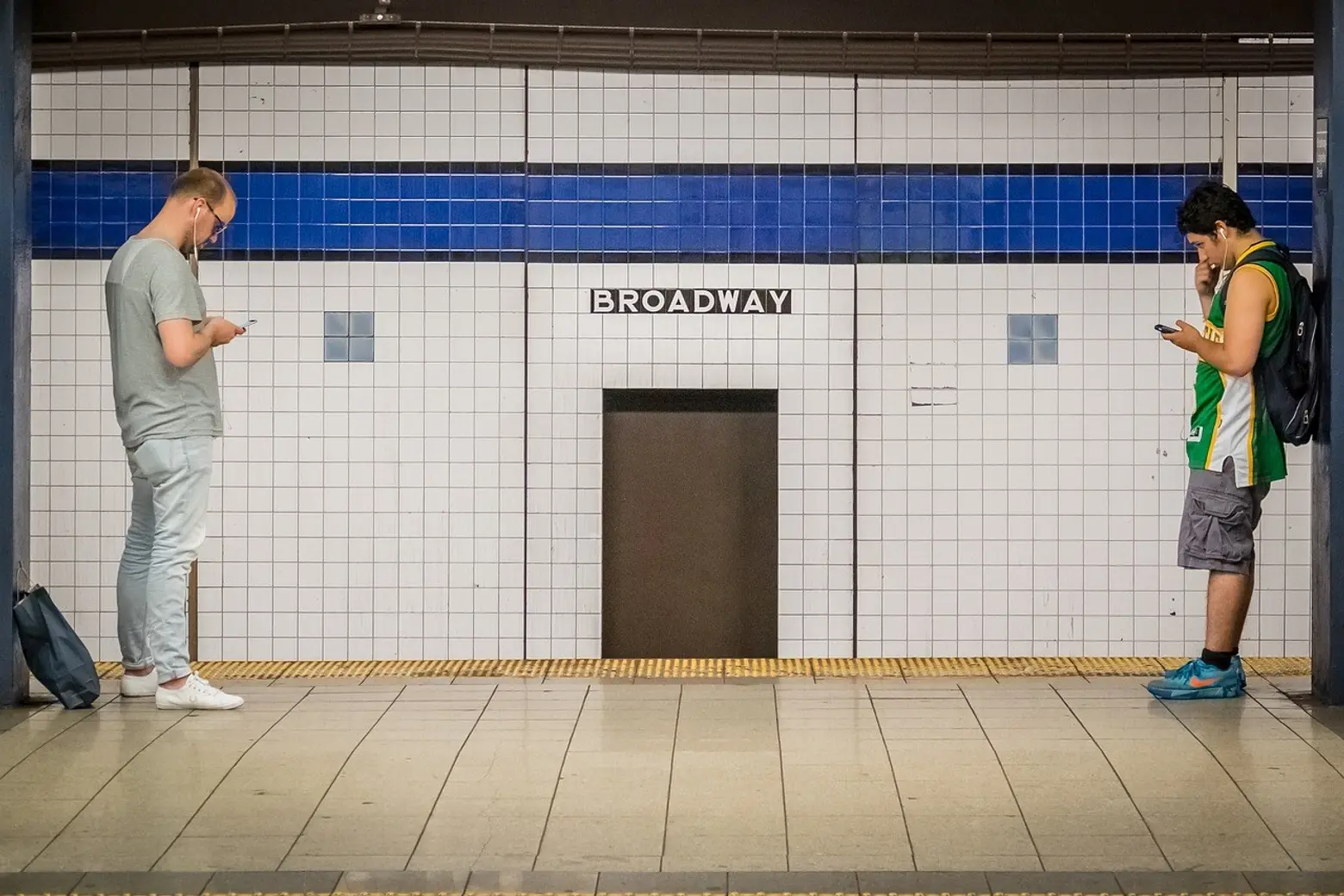MTA testing technology to fix 100-year-old signals, let riders use cell phones in tunnels

Photo via Pixabay
While removing subway seats and employing customer service ambassadors in stations will slightly improve the commuting experience, these upgrades probably won’t make the trains arrive at their destinations any faster. One of the biggest problems causing subway delays continues to be the 100-year-old infrastructure still used. The Metropolitan Transportation Authority is finally addressing the failing, antiquated signals by testing technology known as Ultra-Wideband radio. As the Daily News reported, the MTA hopes the technology will more accurately locate trains, permitting them to run closer together.
The new radio technology would also allow riders to use their cell phones while in a tunnel between stations. This month, the MTA installed two wireless devices for Ultra-Wideband radio along the F and G lines on Brooklyn’s Culver line test track.
“Our experiment with Ultra-Wideband, if successful, will allow the MTA to skip 20th century technology with a 21st century solution,” MTA Chair Joe Lhota told the Daily News in a statement. “I’m highly optimistic about the possibilities.”
Transit officials only began replacing the 1930s system in 2014, but progress has been slow. Currently, just the L line uses Communications-based Train control technology, which uses automated signals to let trains travel closer together. The MTA planned to bring the computerized system to the 7-line by the end of 2017 but recently pushed the deadline until June 2018.
According to the Regional Plan Association, bringing the technology to every subway line would cost the MTA about $20 billion and take at least 50 years.
[Via NY Daily News]
RELATED:




























